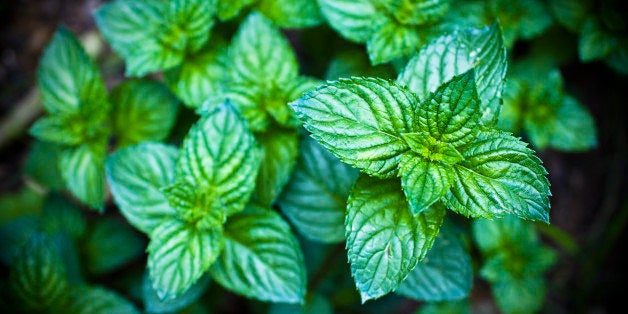
As government officials, academics, industry leaders and scientists convene in Paris for the 21st Conference of the Parties (COP21), there is great hope for a positive outcome. Over the course of the event, leaders aim to develop a universal agreement to prevent a 2°C warming by the end of the century. The goal of this agreement is to hold nations accountable for reducing greenhouse gas emissions and to establish a long-term protection plan for our environment.
I have studied and worked with plants for nearly 40 years, and I am advocating that plants be an essential component of that long-term plan. Plants are critical for a healthy climate and can help mitigate the impact of rising temperatures. Further, the benefits they provide us are endless - we simply cannot survive without them.
Plants are a primary source for our food and medicine. They account for over 80 percent of the human diet and more than 70,000 plant species are used in traditional and modern medicine. They also play a critical role to reduce carbon and keep the air we breathe and the water we drink clean. For context, a single tree is able to absorb 10 pounds of air pollutants and in turn, produce enough oxygen to support two people.
Yet, the very plants that are the key to our future, are already under threat - more than one fifth of plant species are at risk of extinction. Climate change can exacerbate these risks. For example, research tells us that climate change can increase the spread of invasive species, which can be detrimental to native ecosystems. Invasive species can dominate in non-native environments. In the Midwest, efforts have been made to eradicate the invasive buckthorn from our forests, which allowed for the open-canopied woodland to be reestablished. In the west, ongoing efforts are aimed at controlling the invasive Cheatgrass, which provides low quality grazing and significantly increases fire frequency.
But, removing invasive species isn't an easy feat. Rising temperatures and longer seasons aid invasive plants in their ability to push out native species and take over local landscapes. If we don't take action to mitigate and adapt to climate change, valuable plant species could be wiped out and ecosystems destroyed, resulting in a complete imbalance of our natural defenses and resources.
I encourage all leaders at COP21 to be open and collaborative so that we can reach a conclusive agreement that will protect our environment, including our plants. A few ideas to consider, include:
• Invest in seed banks. When plant communities are destroyed by human or natural disaster, it's imperative to restore the natural habitat by planting native seeds. To do this, a back-up supply of seeds is required to replenish the destroyed ecosystem. It's a big task, but maintaining seed banks by engaging a global network of seed collectors and restoration ecologists is critical to protect a country's biological heritage.
• Implement stronger regulations to protect critical and at-risk habitats. As a result of climate change, shifting land-use patterns, invasive species and natural disasters, many native habitats around the globe are at risk. In the U.S., the local ecosystems of the west have been degrading over the past decade and these changes will become more prevalent in the future. Collaboration and agreed-upon regulations for preserving at-risk regions will ensure local biodiversity remains resilient in the face of ongoing challenges.
• Global collaboration to scale solutions. It's inspiring to see so many leaders and organizations committed to helping protect our environment. By working together on research and conservation initiatives, we can broaden the impact of critical work and help improve the state of our environment around the world.
Climate change is not just a concept, it's a reality. The reasons I outlined above are a just a few of many that show why plants must not only be a part of the conversation at COP21, but a part of the solution.